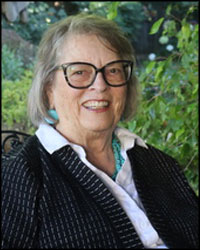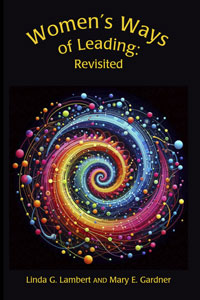Italy
« Older Entries Newer Entries »Serendipity – A Writer’s Journey of Discovery
Sunday, April 19th, 2015
It all began when, as a young girl, I hid Lady Chatterley’s Lover by D. H. Lawrence under my mattress (who didn’t?). Women in Love and other Lawrence novels, short stories, and poems followed, keeping my infatuation deep in my consciousness. But it was not until my husband, Morgan, and I wandered into a bookstore in an Etruscan ruin in Italy in the mid-80’s and discovered Etruscan Places that Lawrence became an obsession. His unforgettable perspective on the Etruscans explained the heretofore unexplainable about these mysterious people.
Years passed. After all, I wasn’t a novelist as yet. I was busy with non-fiction writing –then moving in Egypt. Cairo fully captivated us. Old crypts and earthquakes and religious tensions demanded my attention. It was inside the crypt that had allegedly been home to the Holy Family that the first novel in the Justine Trilogy took form.
After giving birth to The Cairo Codex, I discovered that D. H. Lawrence was still waiting in the wings. But it was not until my protagonist Justine climbed into her grandmother’s attic in Fiesole that I found The Italian Letters. I know this may seem strange, but I didn’t know what she would find until old lace began to rise from a trunk untouched for 80 years.
These letters led me into Taos, New Mexico, and A Rapture of Ravens: Awakening in Taos… to be released May 12. My life as a writer has been one serendipitous event after another.
Next week: Why Taos?
Posted in A Rapture of Ravens, D.H. Lawrence, Egypt, Etruscans, Fiction, Italian Letters, Italy, Taos, The Justine Trilogy, tombs, Travel, trilogy, writing | No Comments » | Leave a Comment



 Mary Gardner, a retired educator, has dedicated much of her life to learning and leading. She was a teacher, administrator, researcher, and continues to be a writer, mentor and consultant. She and Linda are known for their original work in reframing leadership. Their latest book is Women’s Ways of Leading: Revisited.
Mary Gardner, a retired educator, has dedicated much of her life to learning and leading. She was a teacher, administrator, researcher, and continues to be a writer, mentor and consultant. She and Linda are known for their original work in reframing leadership. Their latest book is Women’s Ways of Leading: Revisited.